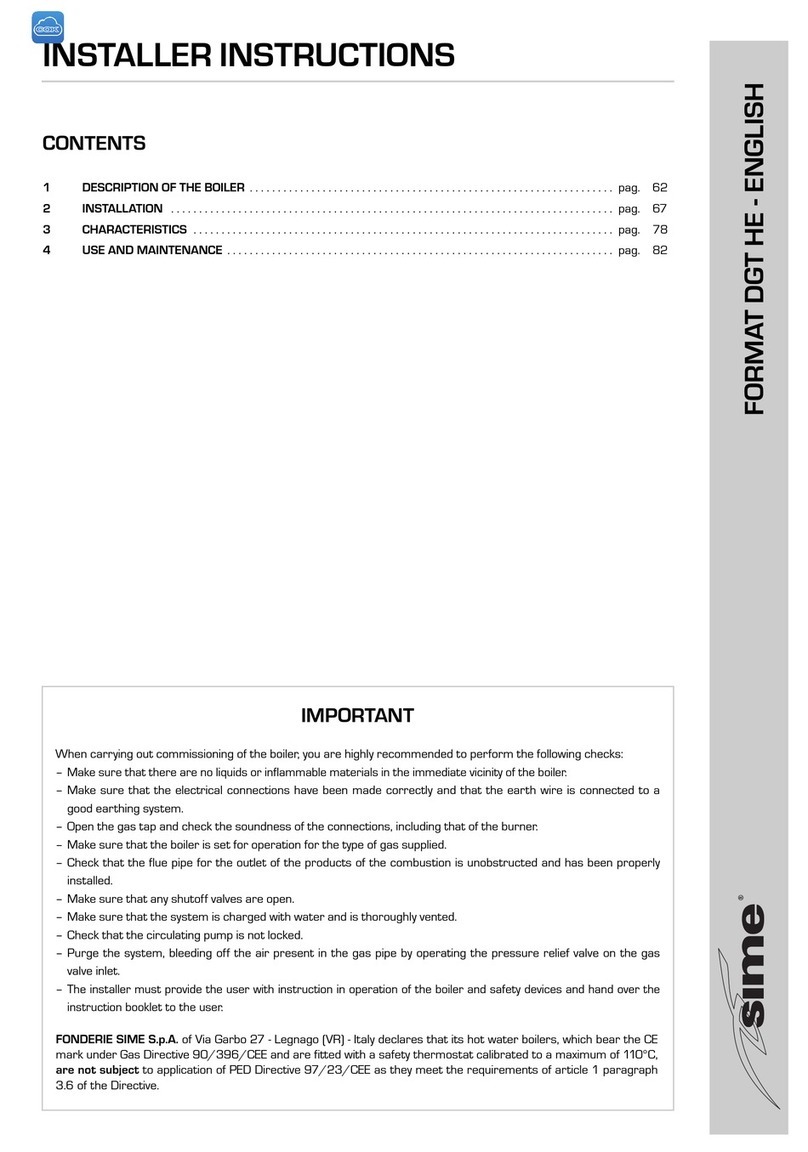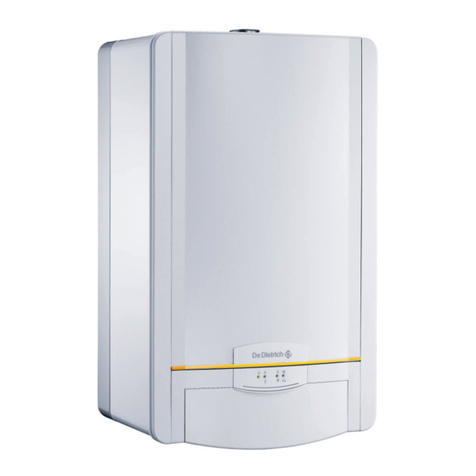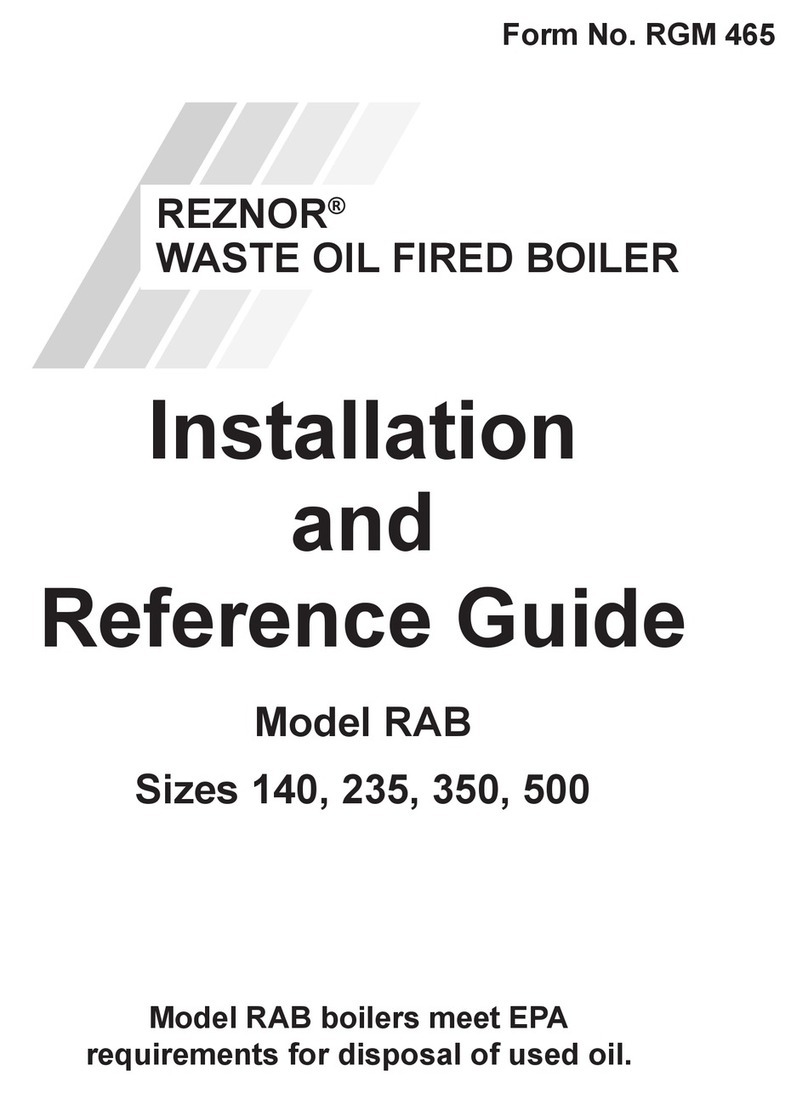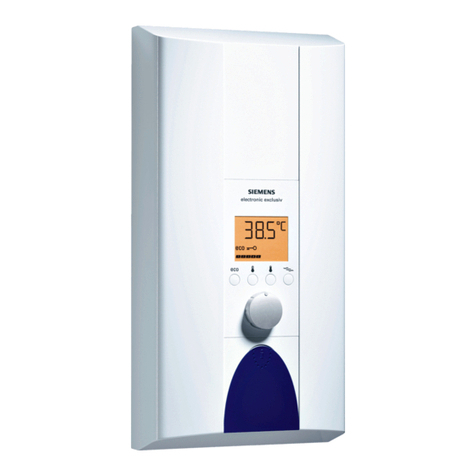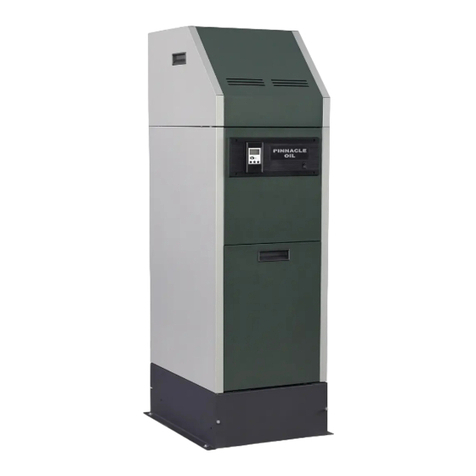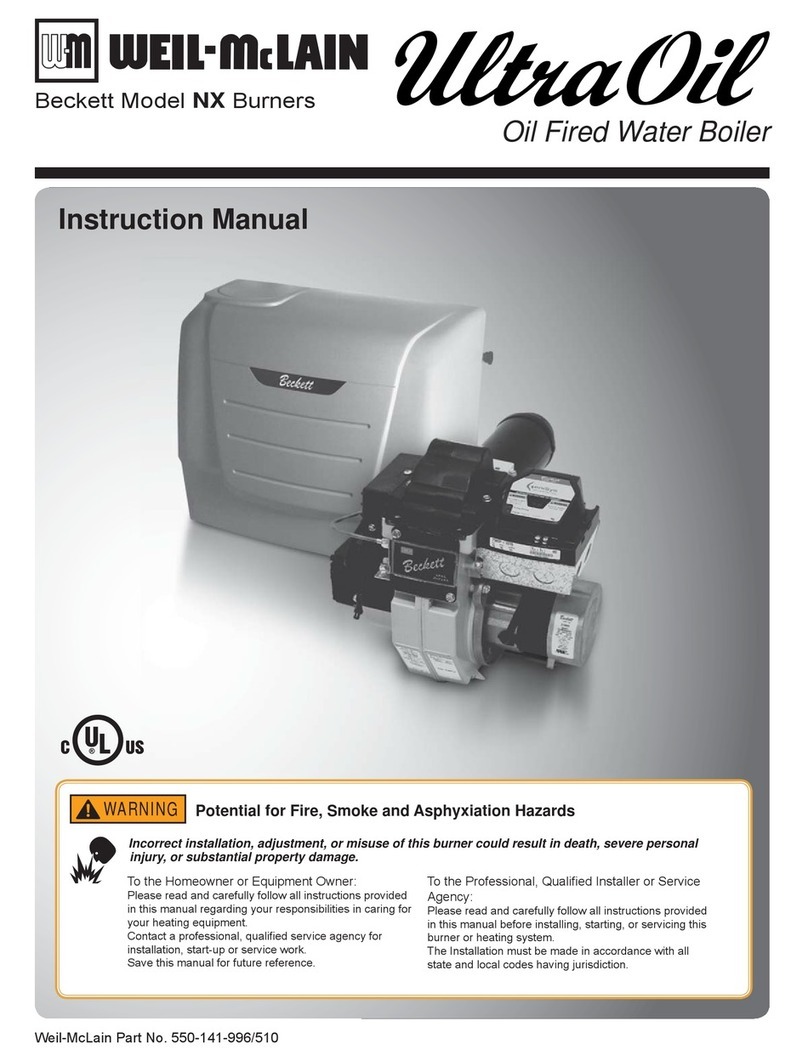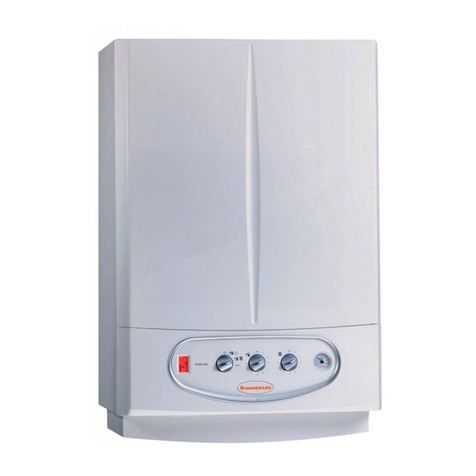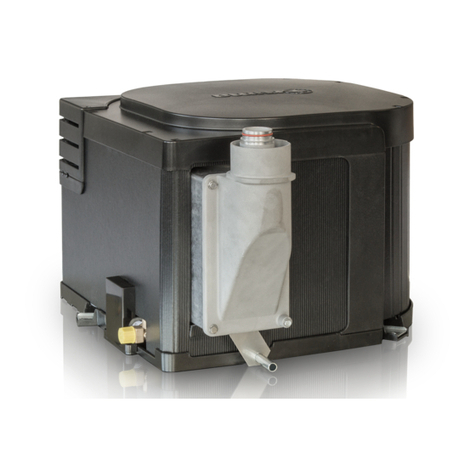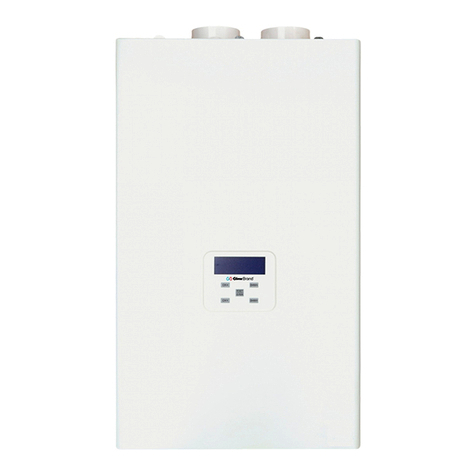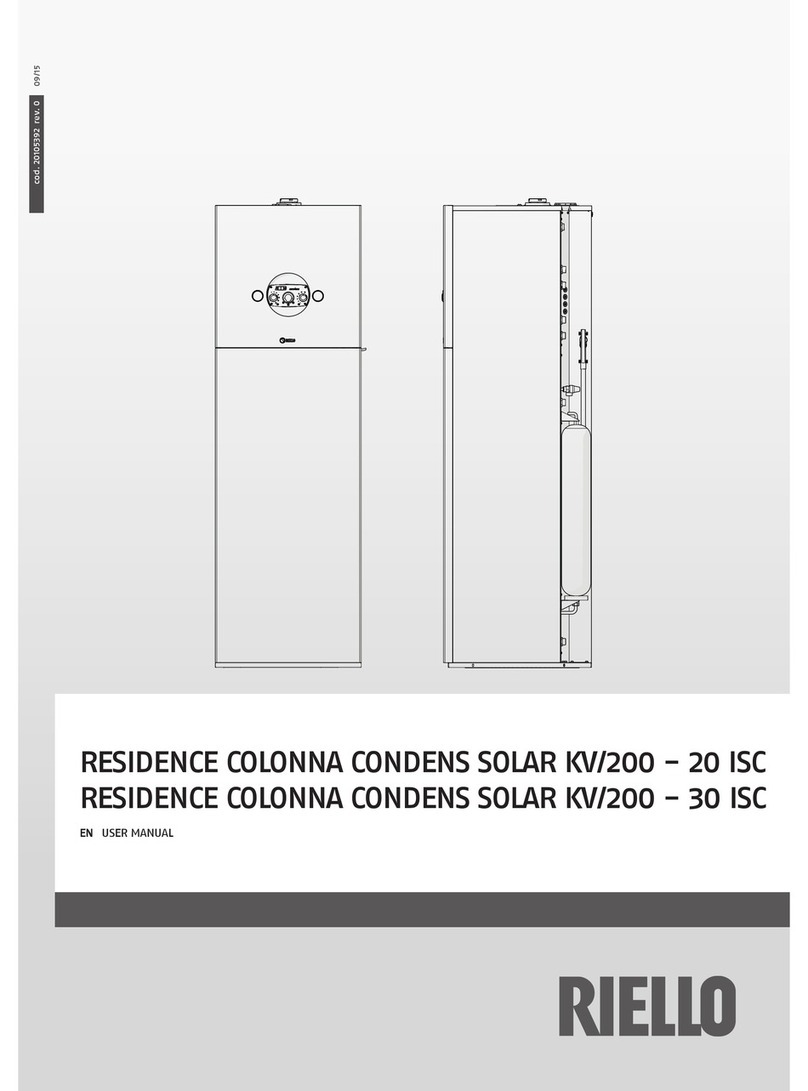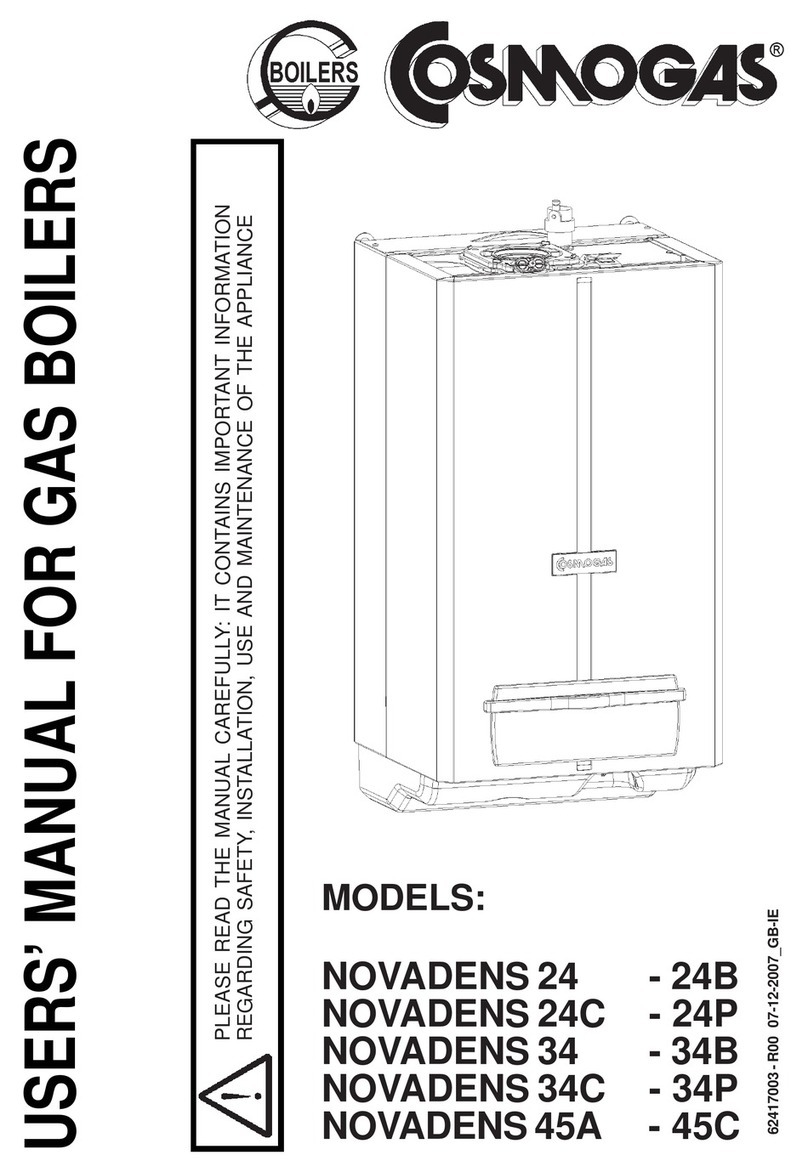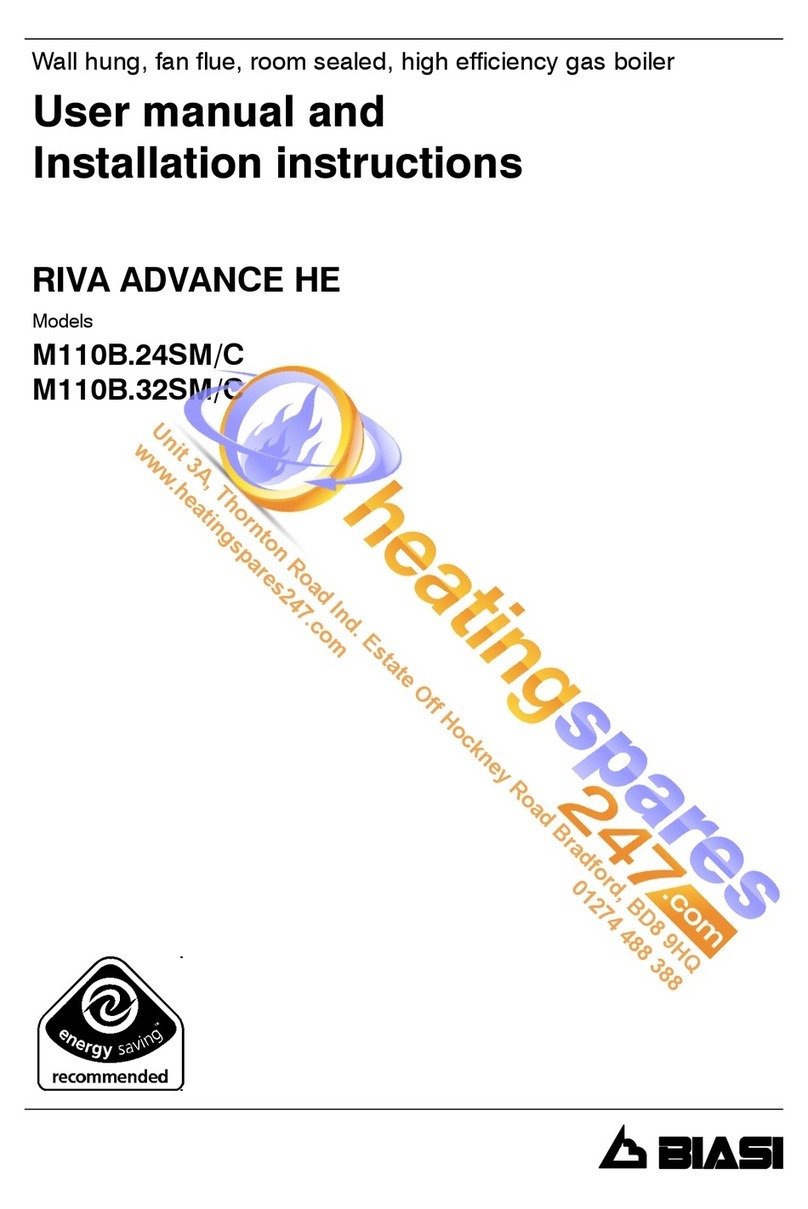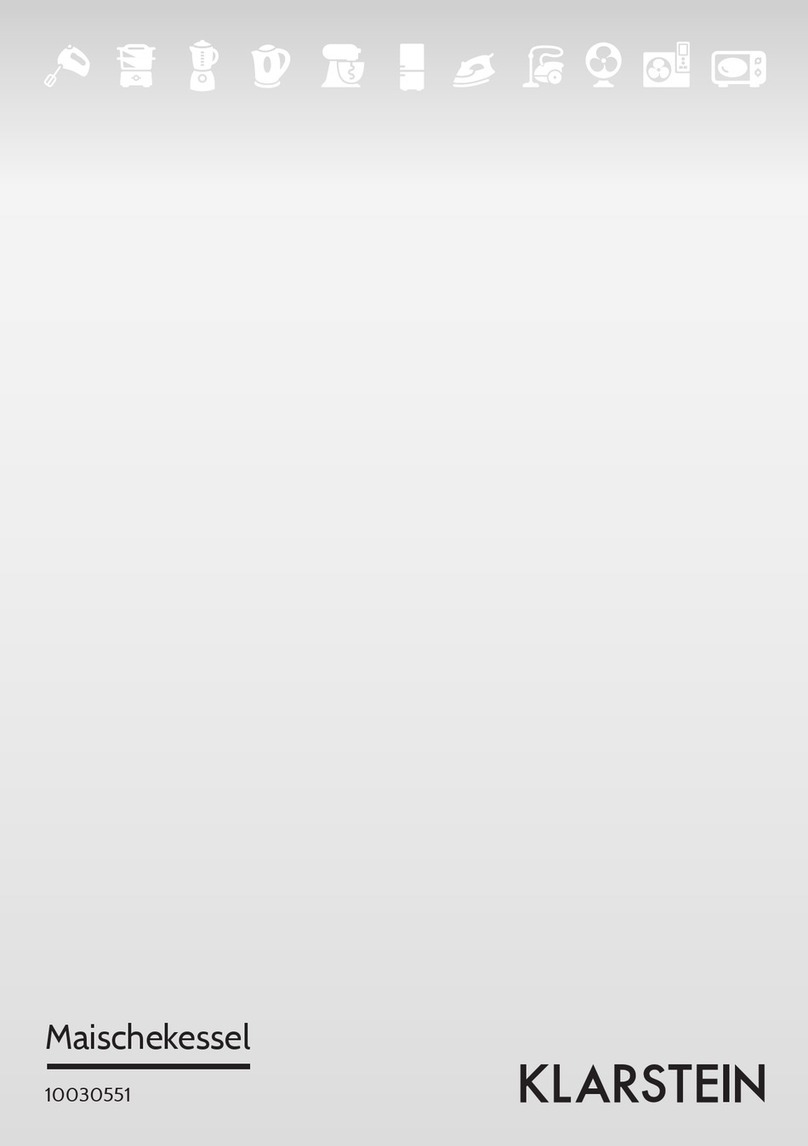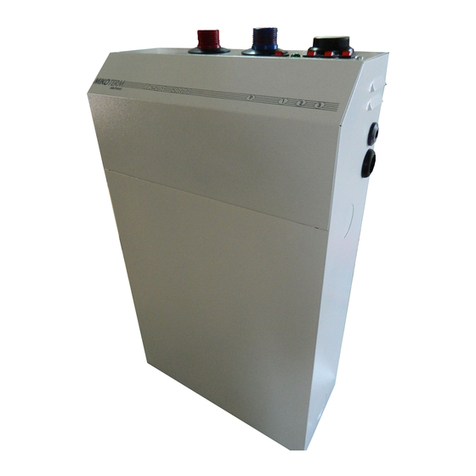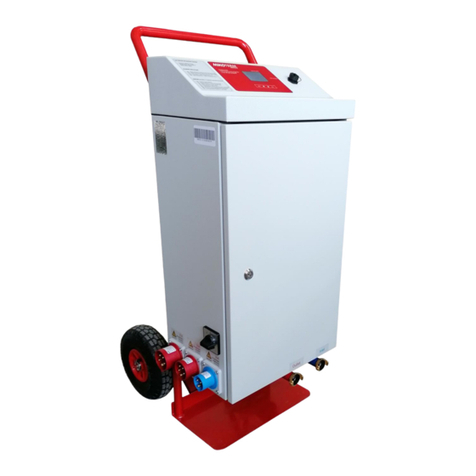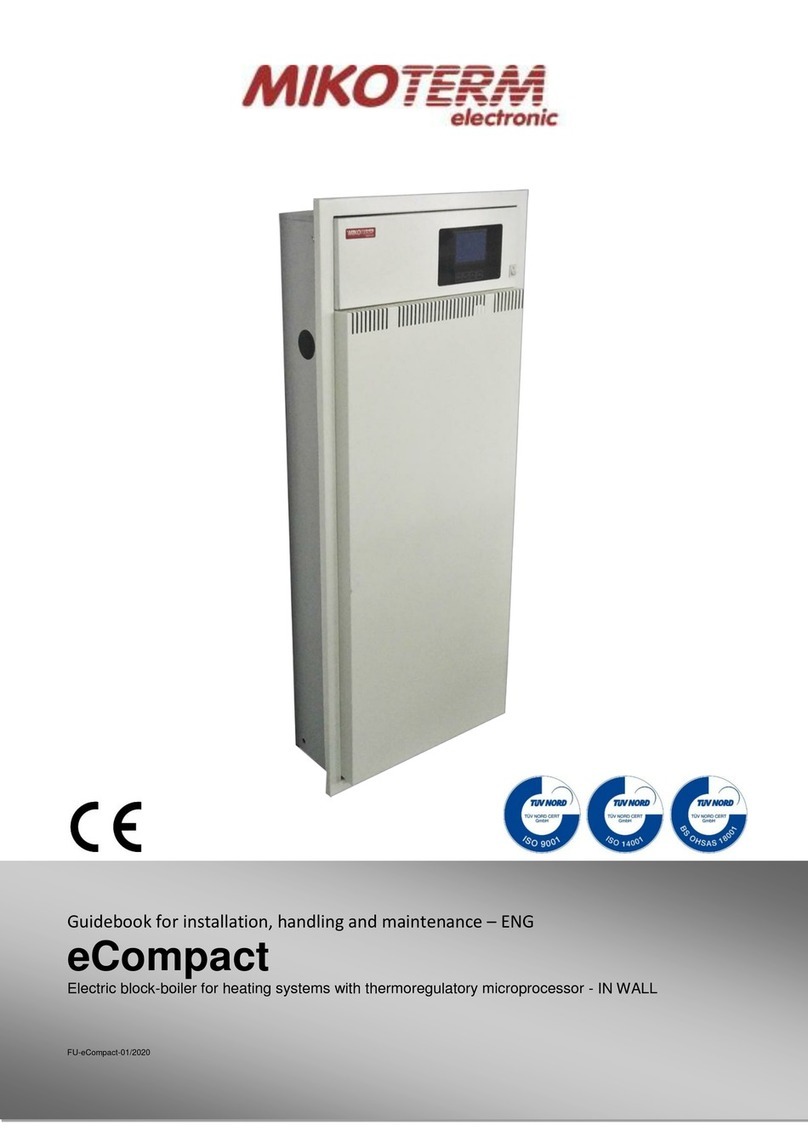2. Device data
These instructions contain important information about safe
and professional assembly, commissioning and maintenance
of the boiler.
These instructions are for installers who have knowledge for
work with heating installations due to their professionalism and
experience.
2.1 Typology
These instructions are related to the following kind of device:
2.1.1 Statement on compliances
We hereby state that devices are tested in accordance with the
following directives: 2006/95/EC (low voltage directive, LVD)
and 2004/108/EC (electro-magnetic compatibility directive,
EMC).
2.1.2 Regular application
Theboilercanbeusedonlyforheatingthewaterforheatingsystem
and for indirect use of hot water. To ensure correct use it is
mandatory to comply with instructions for handling, data on the
factory plate and technical data.
2.2 Instructions for mounting
Use only original spare parts of the manufacturer or
spare parts approved bythe manufacturer. There shall
notbeany responsibilityfor damages caused byspare
parts which have not been delivered by the
manufacturer
When mounting heating installations keep with the following
instructions:
Valid regulations in construction industry
Regulations and norms on safety-technical equipment of
heating installations
Changes on the place of mounting according to valid
regulations propisima
2.3 Instructions for work
When working with heating installation follow next instructions:
Boiler should work in working range up to max temperature
of 80 °C and min pressure of 0.7bar to max pressure of
2.6bar, which should be controlled on regular basis
Boiler should be handledonly byadults who are familiar with
instructions and work of the boiler
Do not close safety valve
Inflammatory objects must not be put on the boiler surface
or close to it (within safety distance)
Boiler surface clean only with non-inflammatory products
Inflammatory substances do not keep in the room for boiler
installation (e.g. petroleum, oil, etc.)
During the work no one lid must be open
Keep safe distance in accordance with regulations
2.4 Inhibitors and anti-frost products
It is not allowed to use protective products against frost neither
inhibitors. Id it is not possible to avoid anti-frost protection then
should use anti-frost products allowed for heating installations.
Anti-frost products:
Reduce lifetime of the boiler and its parts
Reduce heat transmission
2.5 Norms, regulations and standards
This product is in compliance with the following regulations:
EN 50110-1:2003 –Handling and work with electrical
installations
EN 55014:2001 –Electrical-magnetic compatibility –
conditions for consumers’ devices for households, electric
devices and similar devices
EN 60 335-1+ed.2:2003 Electric devices for households
EN 60 335-1+ed.2 zm.A1:2005 Electric devices for
households
EN 61000-3-2 ed.3:2006 Electrical-magnetic compatibility
(EMC) –emission limits for harmonic power
EN 61000-3-3:1997 Electrical-magnetic compatibility
(EMC) –Law on determination of fluctuation of voltage
and frequency of low power distributive network
2.6 Tools, materials and auxiliary measures
Standard tools for heating installations, water supply and
electric-installations are needed for mounting and maintenance
of the boiler.




















